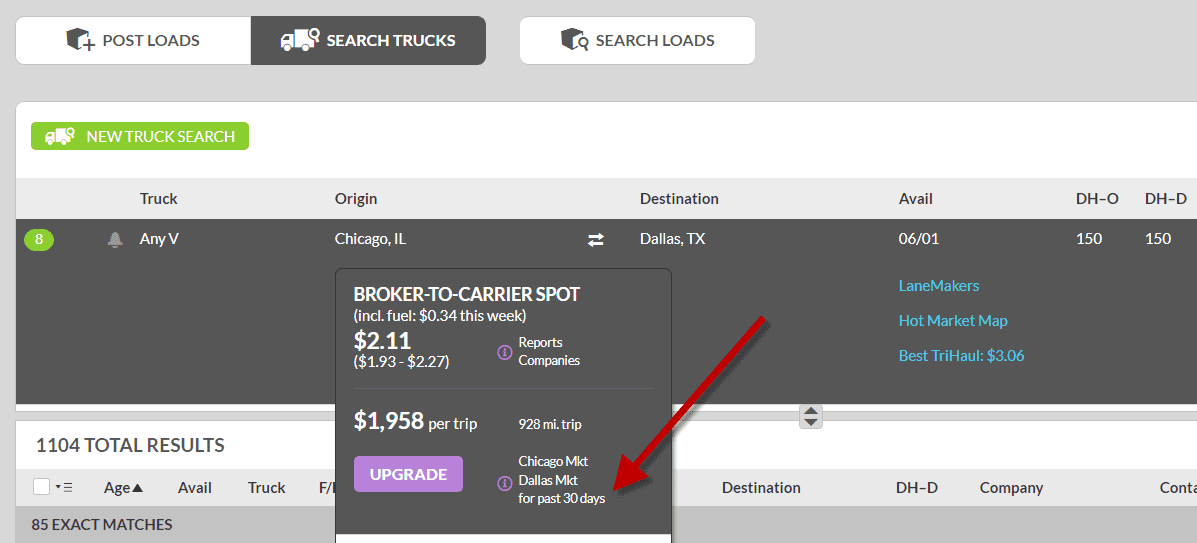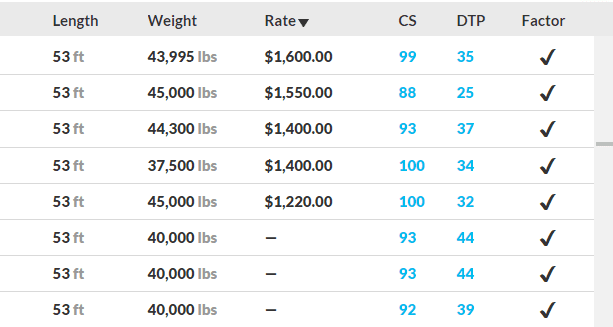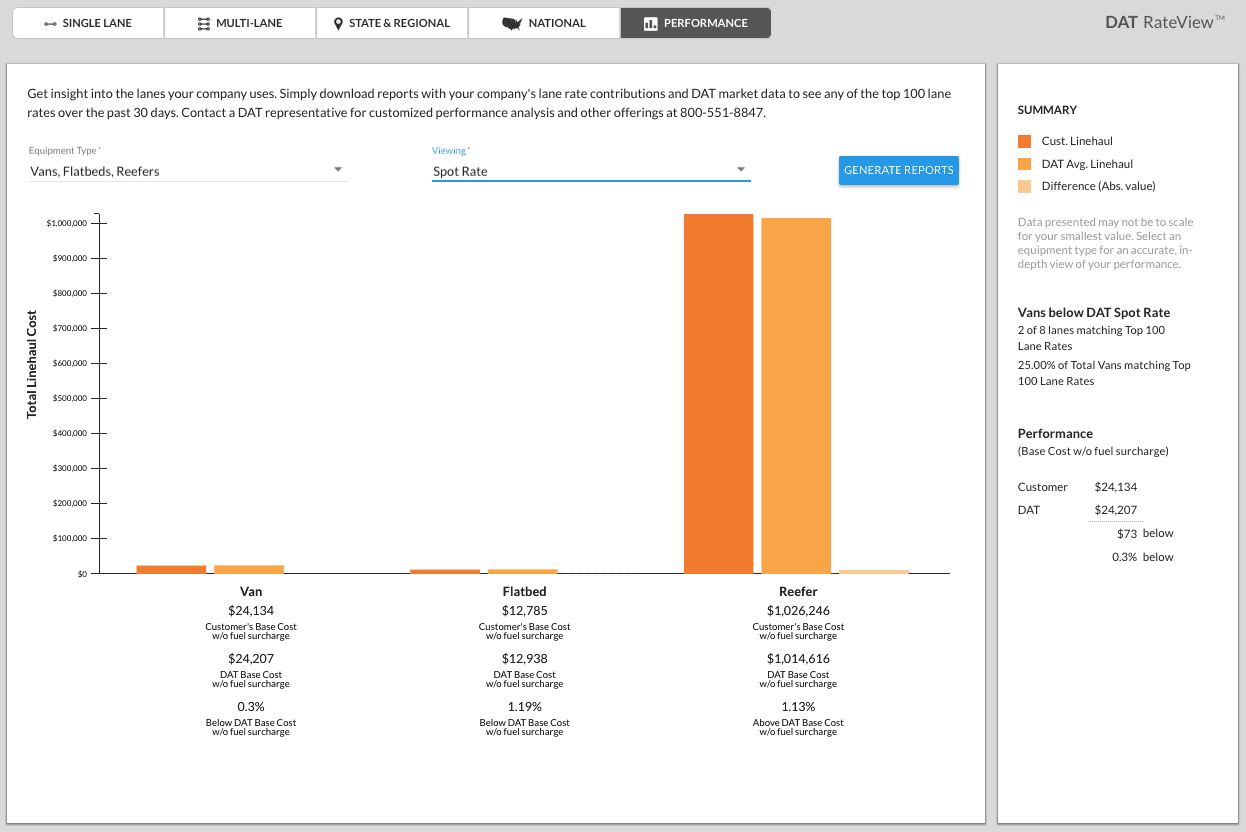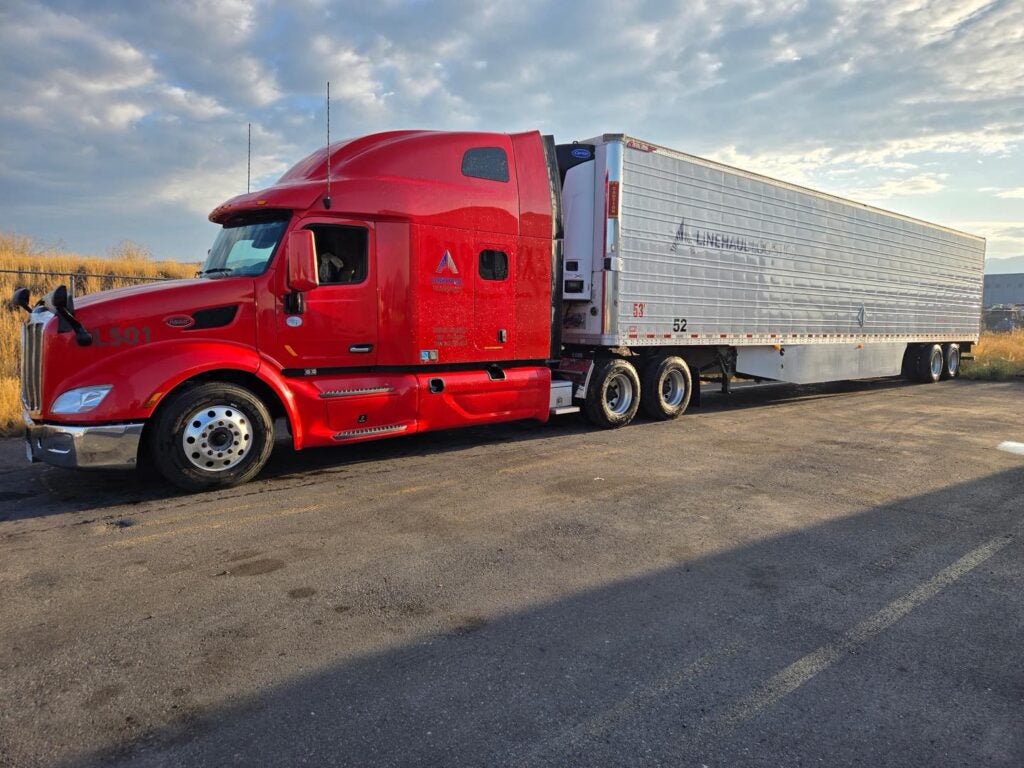Some markets make it harder to find trucks when you’ve got a load that needs covering. When capacity is tight, you might be tempted to pay too much. So, how can brokers avoid overpaying for transportation? Here are a few tips:
1. Make sure your rate data is current
There can be huge swings in lane rates from week to week, especially this time of year when produce harvests and seasonal merchandise can quickly turn markets from cold to hot and back to cold again.

If you’re a subscriber to DAT RateView, you’ll see the average lane rate either in the RateView product itself, or integrated into your DAT load board. Some DAT subscriptions provide rate information for the past 7 or 15 days on high-traffic lanes, while others offer 90-day rolling averages.
The most recent rate information gives you the greatest insight into dynamic market conditions. To upgrade your subscription, contact your DAT account rep or send us an email.
How do you know whether you are capturing the information you need? Here’s where to look:
 Your DAT Power load board search results will display average rates from DAT RateView, if you subscribe to both products. The rate data represents a rolling average from the past 7, 15, 30, or 90 days. That time frame is displayed next to the rate.
Your DAT Power load board search results will display average rates from DAT RateView, if you subscribe to both products. The rate data represents a rolling average from the past 7, 15, 30, or 90 days. That time frame is displayed next to the rate.
2. Compare your spot and contract rates to what others are paying
Most of the time, you know what you paid to move a similar load in the past, but what did everybody else pay in the same lane? When you compare your company’s payment history to the market average, you may find that you overpaid in some cases. If your company contributes its rates to DAT RateView, you can view a report that shows how your rates stack up.
RateView offers a performance report feature for both spot market and contract rates, so you can take steps to bring your future payments in line with market norms. You can analyze:
- Lanes where your rates are above the DAT average
- Lanes where your rates are below the DAT average
- Lanes where your company has the most market share
- Lanes where your rates are the highest
- Lanes with the highest market rates for a given market
- A summary of your rate contributions for the past 30 days
DAT RateView includes a performance report feature so you can compare your full carrier payment history to average spot market and contract rates in the same lanes.
3. Do what you can to be carrier-friendly
In the current environment, carriers can be picky about who they want to work with. Talk to your shipper customers about ways they can accommodate drivers, by improving dock practices to reduce driver detention, by allowing on-site parking, or by offering break rooms and other services to make drivers more comfortable.
A recent article in Overdrive highlighted a new app that allows drivers to rate more than 100,000 loading docks throughout the country, on 75 separate attributes. Whether it’s spread via a new app or by old-fashioned word-of-month, a shipper’s poor reputation could lead carriers to boost their rates or simply avoid that location.
4. Post your offer rate on the load board
Many load providers prefer to wait until they talk to a carrier on the phone before revealing their rate for the load. As it turns out, that lack of transparency doesn’t help you in today’s competitive market.
First, you may get calls from carriers who want a rate that’s not even in their ballpark. Second, there are plenty of carriers who will call you only when you post a rate. Carriers prefer loads with a rate. DAT load boards enable carriers to “sort by offer rate.” It’s a very popular feature. When you post the rate, your load will rise to the top of the carrier’s search results, above all the loads with no posted rate. Sure, there might be someone with a higher rate, but you’re next on the list.
You can test this yourself, by posting your offer rate when you post the load. Or try posting similar loads with and without a rate, and see which one gets more calls.

Carriers using DAT load boards can sort by offer rate, so posting a rate will elevate your load ahead of those that don’t include a rate.
Having trouble finding capacity at rates you can afford? See our blog post: Need Truckload Capacity? These 5 DAT Tools Can Help.



